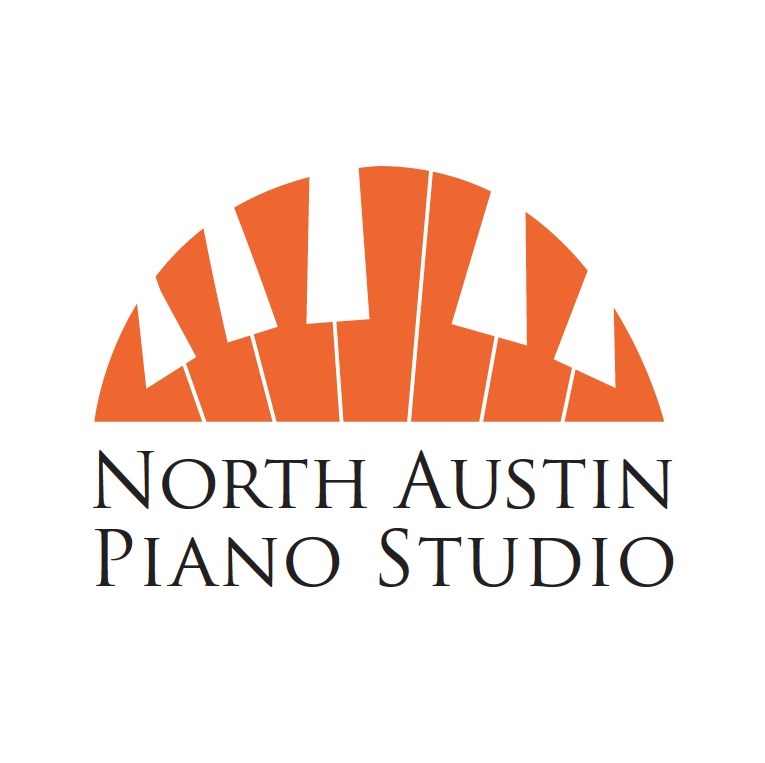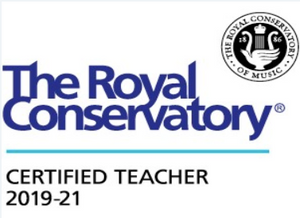How to use You Tube to help you learn to play your new piano pieces
You Tube is an incredible gift to music students. Over the years, the number of classical music-themed videos has increased exponentially to the point where you can practically watch and listen to dozens of videos of the pieces you are learning right now!
Sometimes students express to me that listening to the pieces they are trying to learn is somehow "cheating." I get it. I've thought and said the same thing when I was young. The thinking goes that by listening to someone else's interpretation of a piece before you've had time to learn it and come up with your own interpretation, robs you of some kind of musical growth. At the same time - what the heck?! Everyone who takes piano lessons wants to learn to play piano music, so why would we neglect any tool that gets us to that goal faster, easier and with more joy?
We often approach new pieces with our eyes: we read the musical notation. Then we approach it with our touch: we attempt to play the notes that are on the page on the piano. But consider this: music is an art form for our hearing. If I want to teach you to sing Twinkle Twinkle Little Star, would you rather I give you the sheet music, or sing it for you? If I wanted to teach you to play it, and you had basic note-reading ability, imagine if I both gave you the sheet music to study and played it for you!
So, you have my full and enthusiastic permission to listen to your piano pieces - over and over!
Don't just listen - play along!
Playing along to a recording can be a rewarding learning experience. It functions like a metronome, but also allows you to experience the flow and the emotion.
Some students express frustration, though, because it's difficult to play along with a video's finished performance of a piece while you are still only learning it. Let me introduce you to...
...Variable playback speed!
When I was a kid, slowing down or speeding up an analog recording meant lowering or raising the pitch, too. Not so in this digital age! You can slow down a video's playback without affecting its pitch.
To do this, click on the "settings" gear icon. Then click on "playback speed" which should be automatically set to "normal". I have found that you can change the speed to .75 and the change in audio quality is negligible. Go to .5 and it might start to sound too distorted to be useful, though your tolerance may vary from mine.
So, enjoy! I hope this little trick opens up more ways to interact with the amazing tool that is You Tube.
Notes
Speakers. You may find that turning up the volume on your computer or device may still not be enough to compete with your piano playing, especially if you have an acoustic piano. If this is the case, I would suggest a good Bluetooth speaker that you can place close to you while you play (on top of the piano, on the stand next to you, or perhaps using headphones).
By the way, can speeding up You Tube videos be useful? Usually, that feature is used to speed through spoken word videos for whatever reason (you're in a hurry or you already know the content and just don't need to hear it explained at normal thinking speed). I wouldn't necessarily suggest trying to play along with a music video at a faster speed because the audio distortion and the way it will distort the performer's interpretation just don't seem to be worth it. (If you can play a piece faster than a video, it would seem that you might not need to play along with a video to learn it.) But if you can think of a helpful reason to use this feature, let me know!

 Just like many businesses have done in light of the Coronavirus pandemic, North Austin Piano Studio has gone remote. Zoom is a relatively easy way to connect over the internet at your usual lesson time, with minimal set up and equipment. I have taught this way for remote students for years and am very comfortable with the slight adaptations to the teaching style it requires. I'm also well versed in getting students of all ages up to speed with the necessary adaptation.
Just like many businesses have done in light of the Coronavirus pandemic, North Austin Piano Studio has gone remote. Zoom is a relatively easy way to connect over the internet at your usual lesson time, with minimal set up and equipment. I have taught this way for remote students for years and am very comfortable with the slight adaptations to the teaching style it requires. I'm also well versed in getting students of all ages up to speed with the necessary adaptation.
 It's official - Graham Yates is now a certified music teacher with the Royal Conservatory of Music. Mr. Yates learned the system before graduating high school in Canada, earning credentials for level 9 piano through a practical examination that included performing, comprehensive technical demonstrations, ear tests and sight-reading evaluations. He also completed the co-requisite music theory and history examinations.
It's official - Graham Yates is now a certified music teacher with the Royal Conservatory of Music. Mr. Yates learned the system before graduating high school in Canada, earning credentials for level 9 piano through a practical examination that included performing, comprehensive technical demonstrations, ear tests and sight-reading evaluations. He also completed the co-requisite music theory and history examinations.